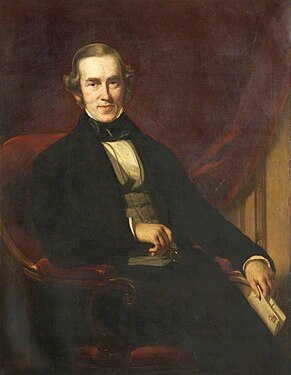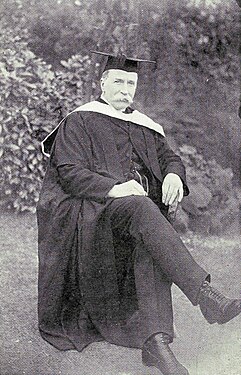
Toxteth is an inner-city area of Liverpool in the county of Merseyside.

William Connolly VC was an English recipient of the Victoria Cross, the highest and most prestigious award for gallantry in the face of the enemy that can be awarded to British and Commonwealth forces.

The Church of St Agnes and St Pancras is in Ullet Road, Toxteth Park, Liverpool, England. It is recorded in the National Heritage List for England as a designated Grade I listed building, and is an active Anglican church in the diocese of Liverpool, the archdeaconry of Liverpool and the deanery of Toxteth and Wavertree. Pevsner described it as "by far the most beautiful Victorian church of Liverpool...an epitome of Late Victorian nobility in church design".

The Church of St Margaret of Antioch is in Prince's Road, Toxteth, Liverpool, England. It is an active Anglican parish church in the diocese of Liverpool, the archdeaconry of Liverpool, and the deanery of Toxteth and Wavertree. The church is recorded in the National Heritage List for England as a designated Grade II* listed building.
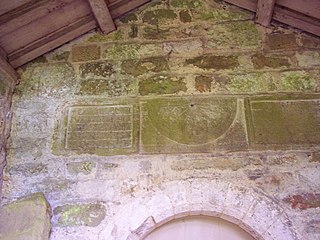
The Saxon sundial at St Gregory's Minster, Kirkdale in North Yorkshire, near Kirkbymoorside, is an ancient canonical sundial which dates to the mid 11th century.

Charles Eamer Kempe was a British Victorian era designer and manufacturer of stained glass. His studios produced over 4,000 windows and also designs for altars and altar frontals, furniture and furnishings, lychgates and memorials that helped to define a later nineteenth-century Anglican style. The list of English cathedrals containing examples of his work includes: Chester, Gloucester, Hereford, Lichfield, Wells, Winchester and York. Kempe's networks of patrons and influence stretched from the Royal Family and the Church of England hierarchy to the literary and artistic beau monde.
Horsfall is a surname. Notable people with the surname include:
Liverpool was a borough constituency in the county of Lancashire of the House of Commons for the Parliament of England to 1706 then of the Parliament of Great Britain from 1707 to 1800 and of the Parliament of the United Kingdom from 1801 to 1885. It was represented by two Members of Parliament (MPs). In 1868, this was increased to three Members of Parliament.

Charles Roe was an English industrialist. He played an important part in establishing the silk industry in Macclesfield, Cheshire and later became involved in the mining and metal industries.

Ewart Douglas Horsfall MC was a British rower who competed in the 1912 Summer Olympics and in the 1920 Summer Olympics.
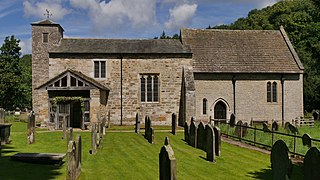
St Gregory's Minster is an Anglo-Saxon church with a rare sundial, in Kirkdale near Kirkbymoorside, Vale of Pickering, North Yorkshire, England. It is a Grade I listed building.

The architecture of Liverpool is rooted in the city's development into a major port of the British Empire. It encompasses a variety of architectural styles of the past 300 years, while next to nothing remains of its medieval structures which would have dated back as far as the 13th century. Erected 1716–18, Bluecoat Chambers is supposed to be the oldest surviving building in central Liverpool.
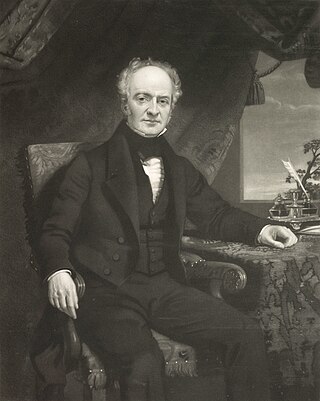
Charles Horsfall was a merchant and slave-owner who served as Mayor of Liverpool 1832–1833.

Merseyside is a metropolitan county in North West England. It was created by the Local Government Act 1972, and consists of the metropolitan boroughs of Knowsley, St Helens, Sefton, Wirral, and the city of Liverpool. Buildings are listed on the recommendation of English Heritage to the Secretary of State for Culture, Media and Sport, who makes the decision whether or not to list the structure. Grade I listed buildings are defined as being of "exceptional interest, sometimes considered to be internationally important"; only 2.5 per cent of listed buildings are included in this grade. This is a complete list of Grade I listed churches in the metropolitan county of Merseyside as recorded in the National Heritage List for England.
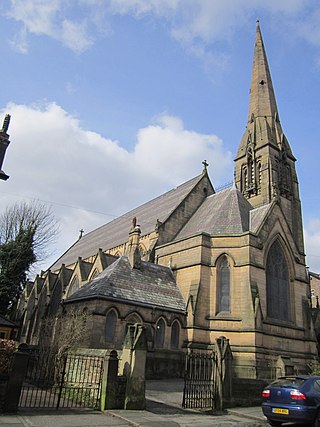
Christ Church, Toxteth Park, is in Linnet Lane, Liverpool, Merseyside, England. It is an active Anglican parish church in the deanery of Wavertree and Toxteth, the archdeaconry of Liverpool, and the diocese of Liverpool. Its benefice is united with that of St Michael, Aigburth. The church is recorded in the National Heritage List for England as a designated Grade II listed building.
William Francis Taylor, DD was an Archdeacon in the Diocese of Liverpool.
Elections to Liverpool City Council were held on Thursday 1 November 1895. This was an 'all up' election following boundary changes which extended the area of the city and increased the number of wards from 16 to 28. Three councillors were elected for each ward. The candidate with the most votes was elected for three years, the candidate with the second highest number of votes was elected for two years and the candidate with the third highest number of votes was elected for one year.

Howard Douglas Horsfall was a stockbroker and benefactor based in Liverpool, England. He is remembered for building churches in Liverpool, and as a founding benefactor of St Chad's College, Durham.
Charles Inman (1791–1858) was an English merchant, businessperson and banker, a director of the Bank of Liverpool.


